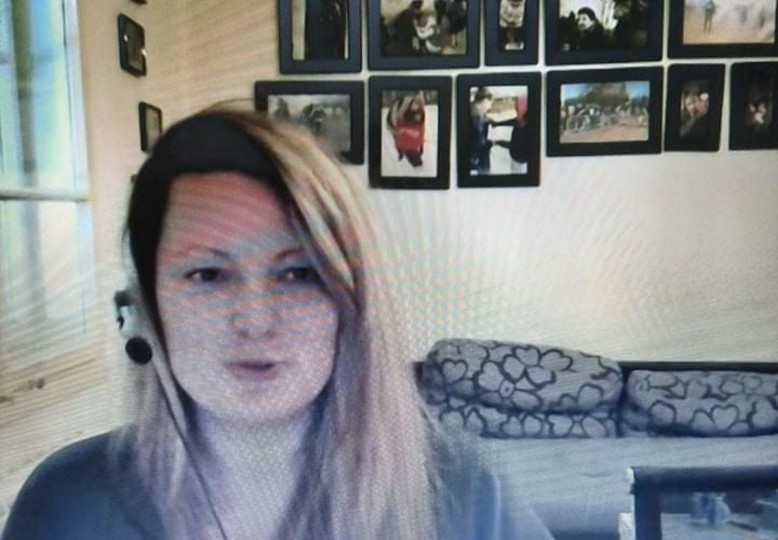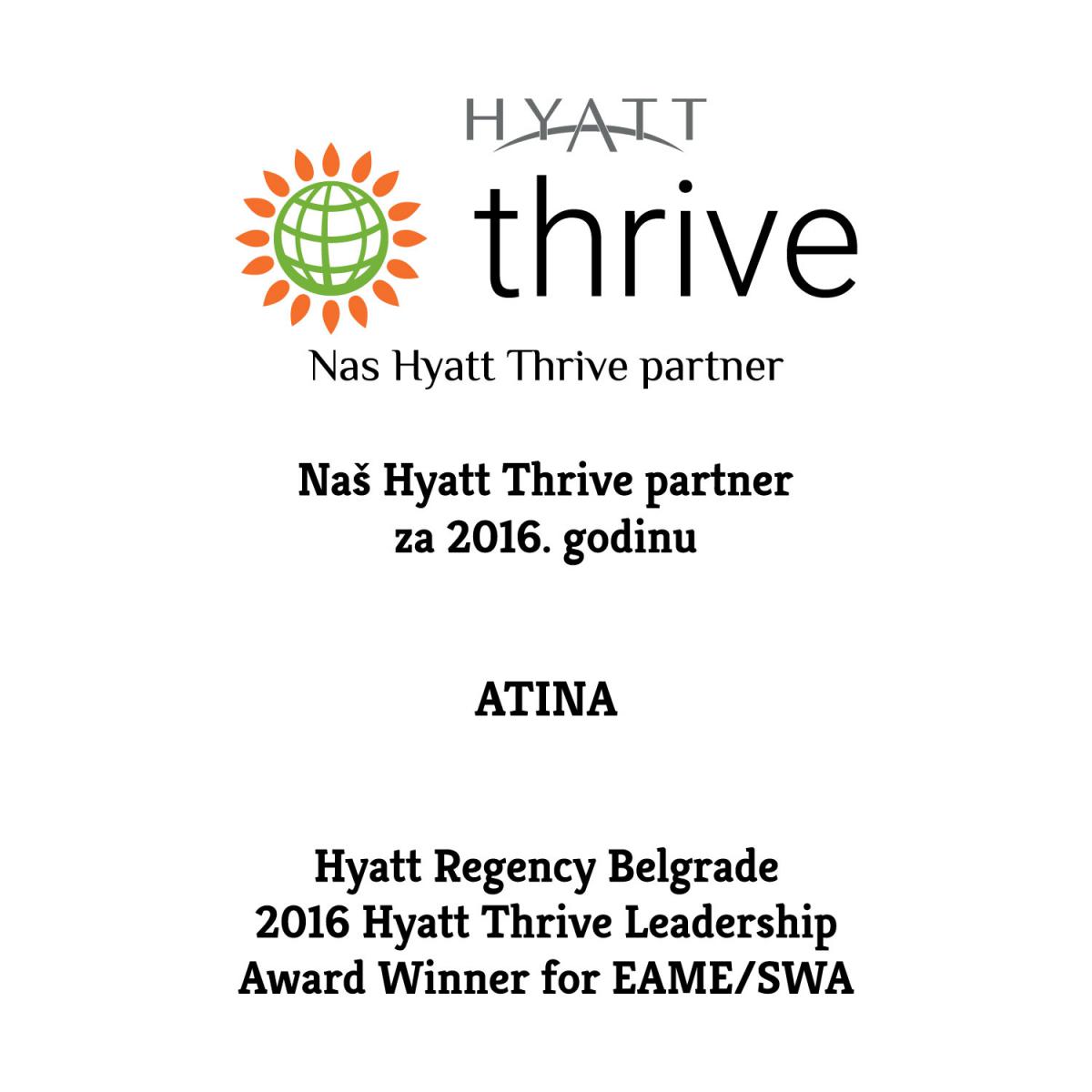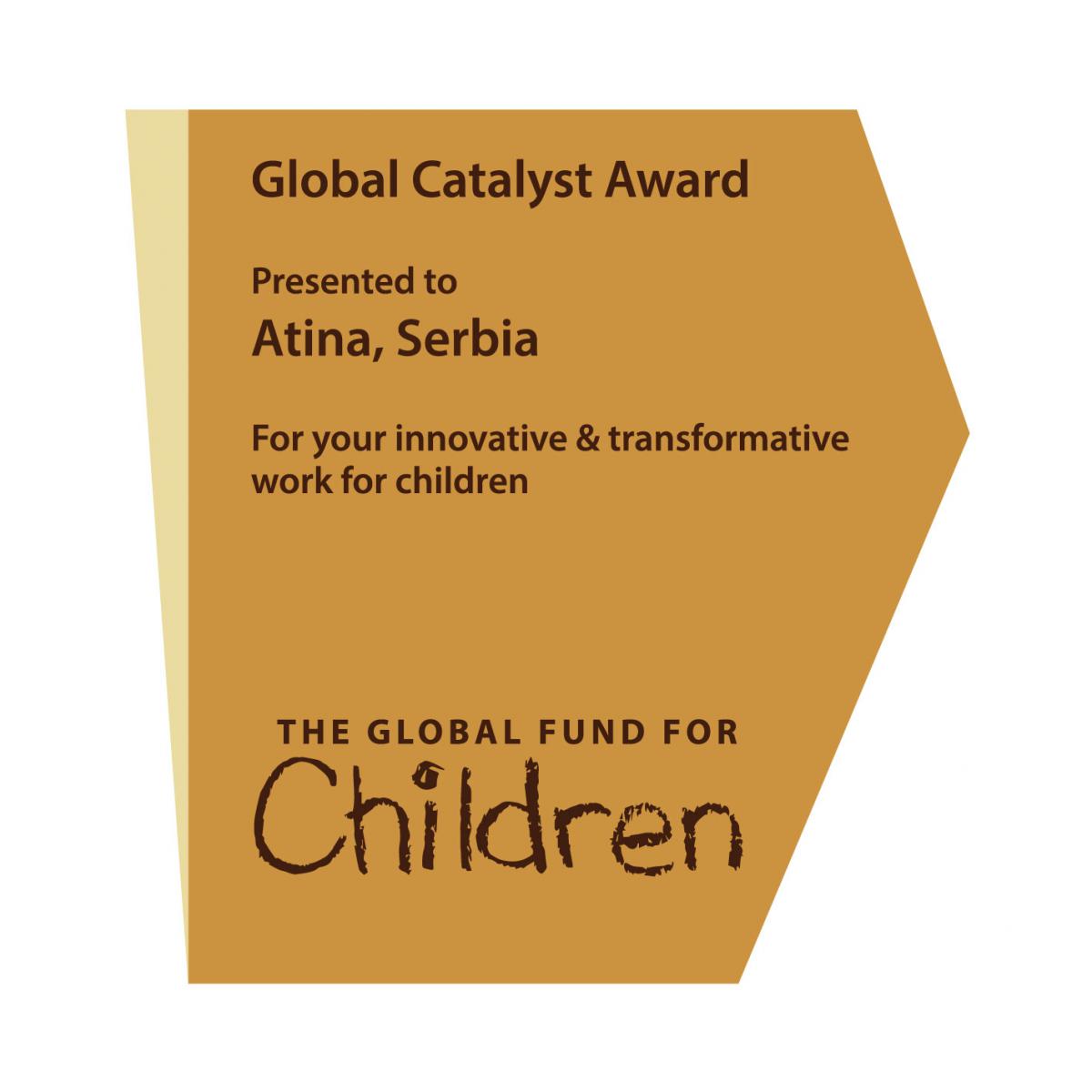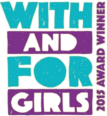Hotline: +381 61 63 84 071
Child trafficking still on the rise in the Western Balkans

Photo: Stojne Atanasovska Dimishkovska
Child trafficking in the Western Balkans region is still on the rise, despite a number of legislative and practical measures taken in previous years.
The coronavirus pandemic has further increased the vulnerability of children, due to the growing economic insecurity, unemployment and restrictions of movement.
This was emphasized during the first day of the two-day regional conference "Acting together in the face of crisis: Protecting children from trafficking and exploitation in the Western Balkans", organized within the joint program of the European Union and the Council of Europe "Horizontal Facility for the Western Balkans and Turkey 2019-2022", which brought together more than 130 participants from the region and beyond.
Children in the Western Balkans are victims of trafficking for various purposes of exploitation: sexual exploitation, including the production and distribution of child sexual abuse material, forced marriage, forced labour, forced begging and forced criminality.
Petya Nestorova, Executive Secretary of the Council of Europe Convention on Action against Trafficking in Human Beings, reminded that the Convention requires the signatory states to take special measures when it comes to children.
"We must step up our joint efforts and address the structural factors underlying trafficking, as well as promote durable solutions for children vulnerable to trafficking and exploitation. Anti-trafficking measures should be integrated into the general child protection system, in addition to social, health and education services," Nestorova stressed.
Jelena Hrnjak, programme manager of the organisation Atina, which deals with the protection of human trafficking victims in Serbia, spoke about the experience of Atina, but also of Serbia, in protecting children on the move. She referred to the fact that, in 2011, Atina detected first children victims of human trafficking in the migrant population and that, in the past 10 years in cooperation with Save the Children it has been engaged in developing the concept of children on the move and introducing it to decision-makers and the general public. After the publication "Children on the Move - status and programs of support and protection of children on the move in the Republic of Serbia" was published in 2013, an advocacy initiative began for the concept of children on the move to be recognised to a greater extent, within the project "Social Protection Reform of the World Fit for Children” implemented with the support of the European Union. Later, a "Guide for assessing the best interests of the child" was developed, which still serves as an excellent tool in providing support and protection to children on the move. These documents served as a precursor and a good basis for what followed in the European migrant crisis in 2015. After that, Atina has, together with the Centre for Youth Integration, participated in the development of a publication "Vulnerability and exploitation along the Balkan route: Identifying victims of human trafficking in Serbia", which was created in cooperation with the Nexus Institute in Washington (USA) and Fafo Institute (Norway). An analysis “Violence against women and girls among refugee and migrant population in Serbia” followed, within which Atina published a report on the prevalence of violence against women and girls among refugee and migrant population in Serbia. This report is the result of a pilot study involving 162 refugee and migrant women and girls, which brought startling conclusions about the prevalence of violence against this population. The survey found that out of a total of 162 respondents, 64.8% were exposed to some form of physical violence, while 24% survived sexual violence. Some of the interviewed refugee and migrant women and girls stated that they had been exposed to violence in their countries of origin, then on their way to Europe, but also in Serbia. Most of the women and girls survived the violence in their countries of origin (81) or on their way to Europe (71), while 16 of them stated that they also suffered violence in Serbia.
As some of the biggest challenges in working with children on the move, Jelena Hrnjak noted that it is still necessary to work on more efficient recognition of all types of exploitation to which migrant children, whom Atina met, were exposed, such as bacha bazi, revenge marriages, “pleasure marriages" with minors, forced criminality, debt bondage, survival sex, and others. She emphasized how important it was, in response to the European migrant and refugee crisis, to integrate knowledge about different modalities of a child, and especially girls, abuse into the daily actions of professionals (female genital mutilation, attempted honour killings, children in a suspicious company). Also, as one of the biggest obstacles, she cited the subjective interpretations of professionals about violence and its roots, mentioning examples of relativisation of early/child/forced marriages in certain traditions, "normalisation of selling organs" to pay smugglers, denying boys' vulnerability because they are men, and others are wrong conclusions.
Jelena Hrnjak also mentioned many good practices in working with children on the move, such as the participation of these children and youth in the work of Advocacy Groups Atina established, as well as cultural mediation as a concept that contributed not only to better language understanding but also to better protection of those who suffered violence, and their inclusion in the support and protection system. She emphasised how important it is, in this context, to advocate for synergies between the asylum system and the protection system for victims of trafficking, in order to provide refugees with timely and full support. In the end, she called on all professionals to, as much as they can, think about the resilience of children on the move in addition to their vulnerability, and respond in a timely manner and in accordance with the child's real needs.
More information about the event can be found via the following links:
https://conference-protecting-children-from-trafficking.onlinebase.net/
https://www.b92.net/info/vesti/index.php?yyyy=2021&mm=06&dd=23&nav_category=12&nav_id=1879913












 FACEBOOK
FACEBOOK TWITTER
TWITTER YOUTUBE
YOUTUBE